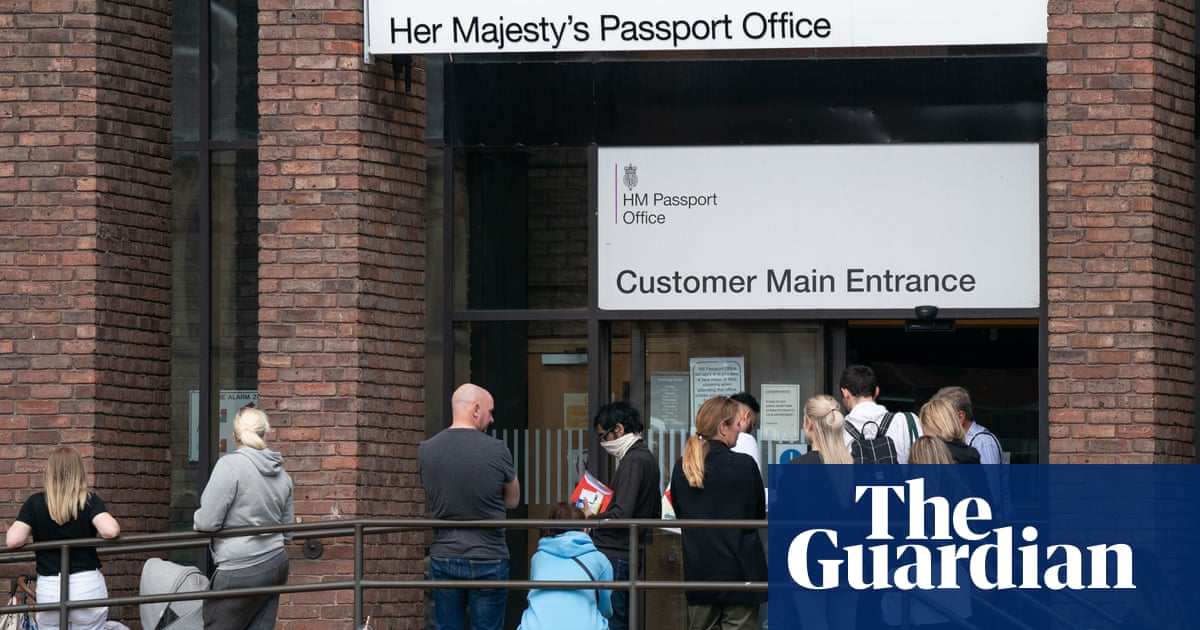
Demand for office workers in the UK is lagging behind other types of work, according to data that suggests the labour market is undergoing an “asymmetric recovery” after the near-total freeze in hiring during the coronavirus lockdown.
The proportion of workers with new jobs in industries that mainly employ people in so-called white-collar roles – such as media, software and finance – has lagged behind other sectors despite the gradual return to workplaces, according to data from LinkedIn, the work-focused social network owned by Microsoft.
The data suggests that hiring has risen steeply in some sectors that may be less affected by the pandemic. The new job rate for workers in transport and logistics has risen by 18% year on year, and delivery drivers were among the most popular new jobs, possibly reflecting the boom in online shopping during lockdown. New jobs in healthcare and construction are up by 12% and 9% respectively.
However, the rate of new jobs in software or IT companies is down by 9% year on year, while the finance and legal jobs rate is down by almost a tenth each. The rate of new jobs in media is 17% lower than last year.
The leisure industries are among the worst affected by the Covid-19 crisis, reflecting the continued restrictions on large gatherings of people. New jobs for entertainment workers have dipped by 30%, and the rate of new jobs for recreation and travel workers is down 31%.
Many economists have predicted that unemployment is due to rise sharply towards the end of the year after the government withdraws wage support in November. Forecasters on average predict that UK unemployment will hit 8.3% in the fourth quarter, according to estimates collected by the Treasury. That compares with 3.9% unemployment reported in June.
The LinkedIn data, shared with the Guardian, suggests that the total number of people reporting new jobs in the UK is 6% lower than the same point last year, compared to 49% lower in mid-May. The social network compares the number of members who added a new job beginning this month with the year before.
Separate data from the jobs website Indeed suggests that new job postings are still far below last year’s levels, although improving steadily. By 21 August the seven-day moving average of new job postings on the site is still down 53% compared with 2019.
Mariano Mamertino, an economist covering Europe at LinkedIn, said the data showed a steady improvement in the UK jobs market since the coronavirus lockdown froze hiring. However, he noted that there was “an asymmetric recovery across industries”.
He said: “Industries like finance, legal, software and IT, corporate services and media and communications – which have largely white-collar roles – are facing stronger headwinds and are all below the national hiring rate.”












